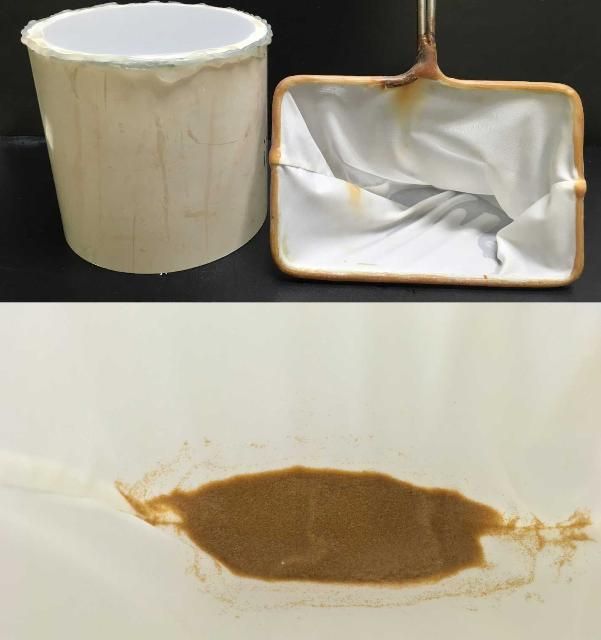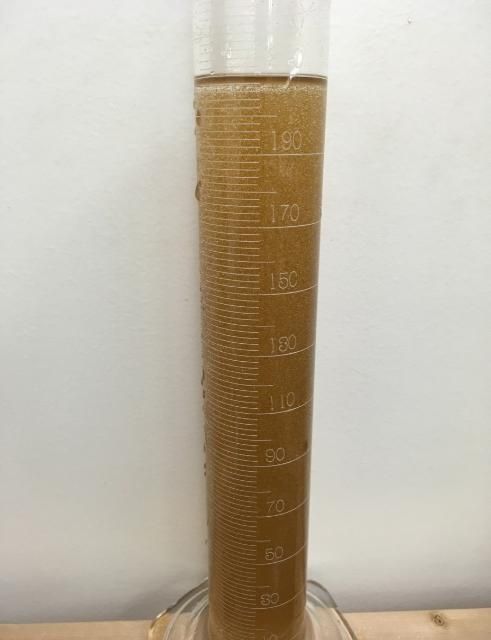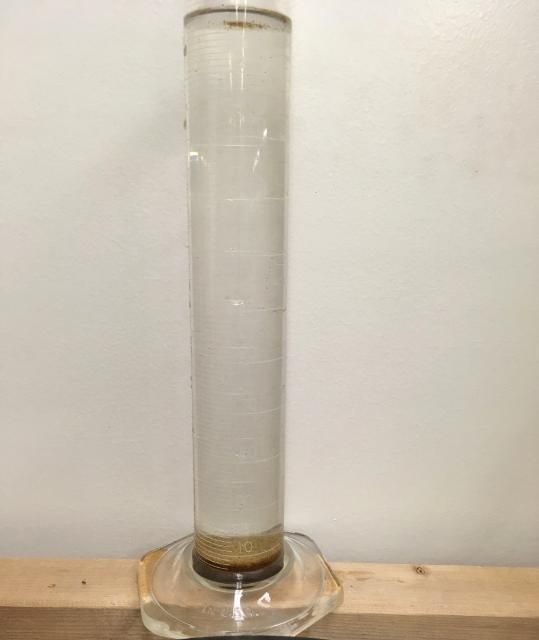Artemia (brine shrimp) are used as a food source for the larval stages of many fishes. Artemia are predominantly collected from the wild during their cyst stage and are dried and stored in air-tight, sealed containers. The cysts are decapsulated before they are stocked to improve hatch rates of the Artemia nauplii and to prevent larval fish from ingesting cysts, which are not digestible to many species. Many hatcheries use the chlorine method described in Decapsulating Brine Shrimp Eggs. This method is effective, but like others, it can be time- and labor-consuming if performed on a daily basis. Fortunately, there are methods to store decapsulated Artemia eggs for a short time period and eliminate the need to decapsulate daily.
Decapsulated Artemia eggs can be stored in brine solution for a period of a week or more with limited effects on hatching success. By using this method, it's possible to decapsulate a single large quantity of Artemia cysts to supply required larval feedings for a week or more. As an example, if a producer requires 5 g of Artemia cysts to complete one day of feedings, then 35 g of cysts could be decapsulated and brined to supply a full week's feedings.
The required materials to complete the steps for storage in a brine solution are:
- Decapsulated Artemia eggs
- Rock salt
- Artemia hatching cone or similar container
- Artemia net or screened containers (= 100 µm)
- Scale (0.1–300 g)
- Graduated containers (100 mL to 10 L)
Brining Steps
- Create a brine solution of 300 ppt (g/L). Mix 300 g of rock salt in 1 L of tap water (or 1,136 g of rock salt with 1 gallon of tap water). Mixing the solution using warm tap water within a hatching cone with heavy aeration can facilitate the dissolving of the salt into the water (Figure 1). The volume of brine solution needed will depend on the quantity of eggs being brined, but 1 L should be adequate for every 10 g of eggs to be brined. Always mix extra so that fresh brine solution can be set aside and kept available for rinsing and use in storage containers once the brining process is complete.
- Remove as much of the water left over from decapsulation as possible. Stock concentrated, decapsulated eggs into the brine solution in a hatching cone with moderate to heavy aeration. Incubate for 16–24 hours at room temperature.
- Harvest and concentrate the brined eggs into a screened container or Artemia net to remove nearly all the old brine solution (Figure 2).
- Using fresh brine solution, rinse the eggs into a graduated container of brine solution and top off to a desired total volume (Figure 3).
- Divide the solution of brined eggs into smaller-aliquot containers of desired quantities and top off with brine solution to fill containers to desired volumes.
- Store in a refrigerator at approximately 4.0°C for up to a week to maintain high hatching success (Figure 4).




Storage Recommendations
Brined Artemia eggs can be stored all in one container or split into multiple containers as aliquots to be hatched daily, or at more or less frequent intervals. If one intends to have an aliquot container for each day of the week and use seven containers, knowing the total volume of the solution of brined eggs within the large container will facilitate dividing all the brined eggs into the seven smaller aliquots. For example, if there were a 2,100 mL solution of 35 g of brined eggs, it could be split for daily hatching into seven, 300 mL quantities, each containing 5 g of brined eggs. Alternatively, the 2,100 mL solution could be stored in the refrigerator and 300 mL poured off from the container after homogenization to obtain the 5 g of brined eggs as needed. Brined eggs will settle to the bottom when left static in brine solution (Figure 5), so it is important to keep the solution homogenized as the eggs are being split into smaller containers to achieve equal amounts of eggs in each of the containers.

Other Notes
When stocking brined eggs for hatching, introduce as little of the brine solution as possible so as to not alter the desired salinity to be used for hatching. This can be achieved by concentrating the brined eggs into nets or on screens, or decanting off the brine solution from static solutions of brined eggs.